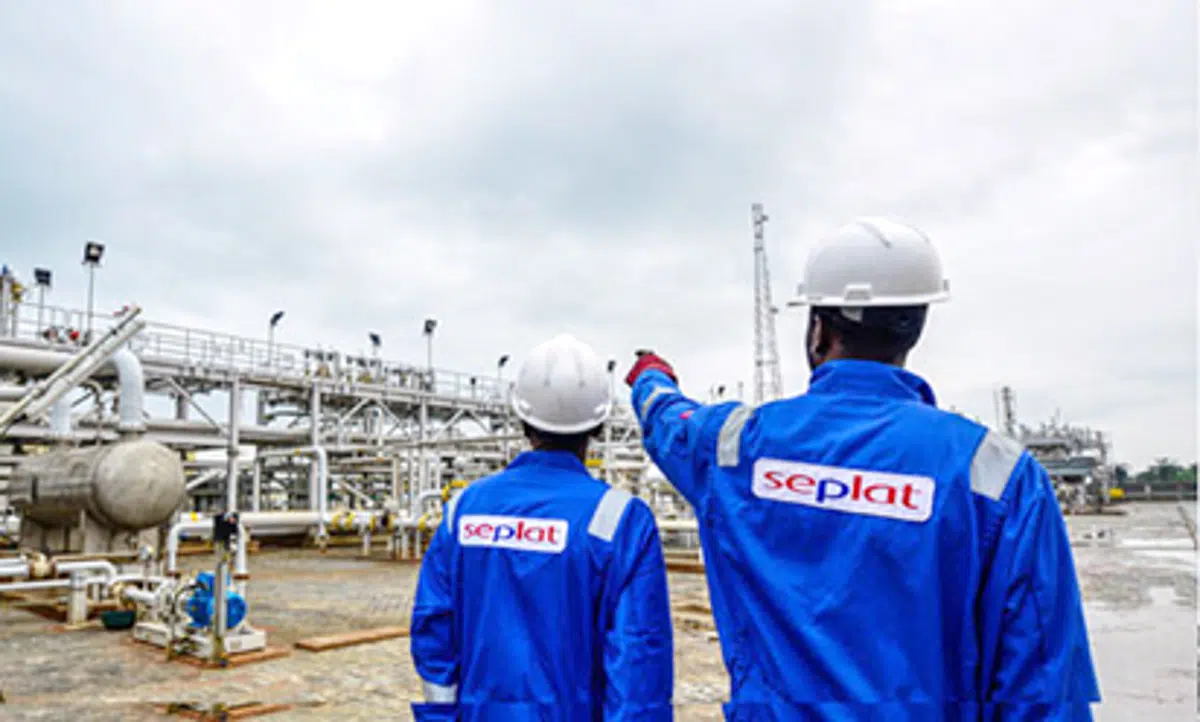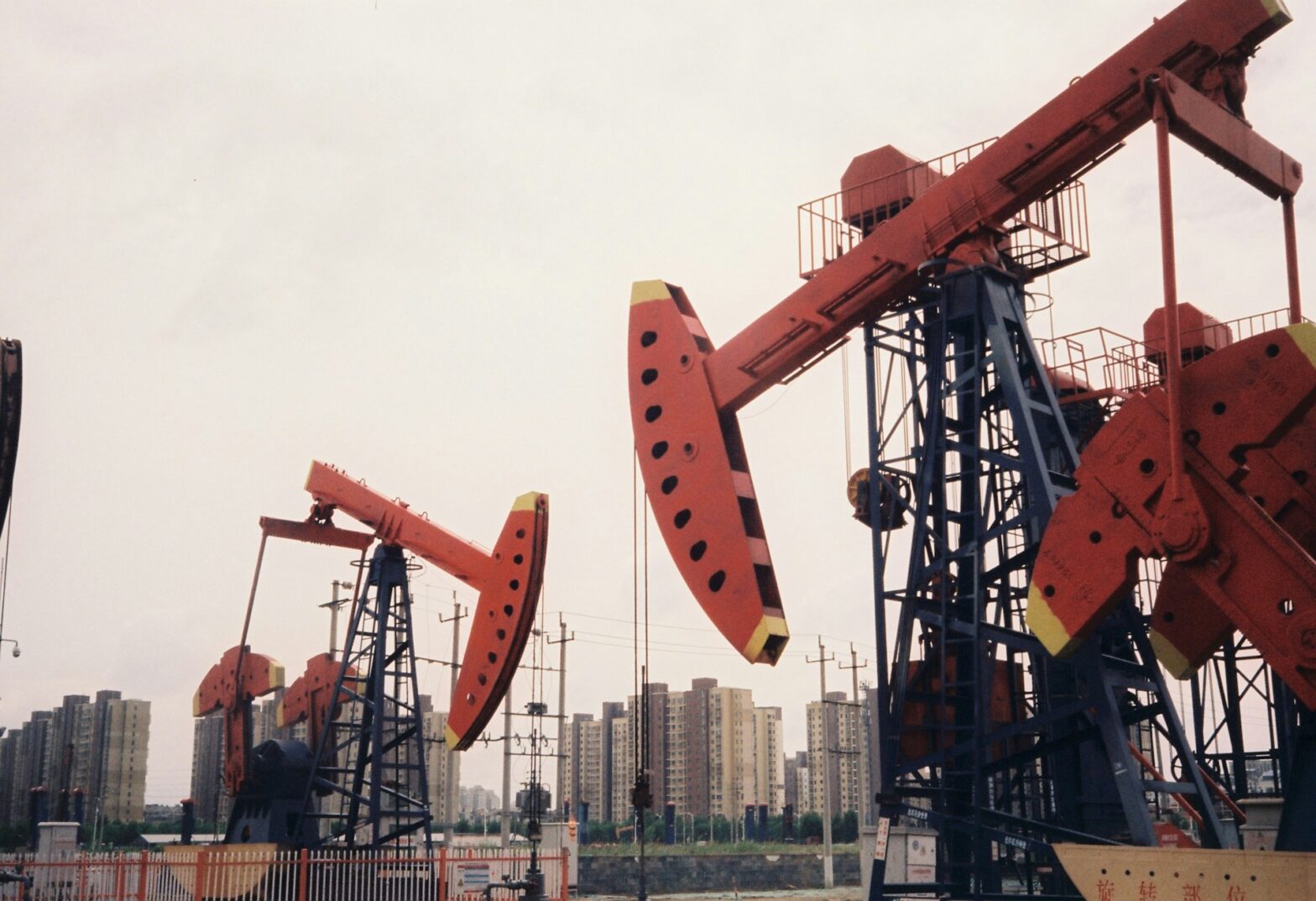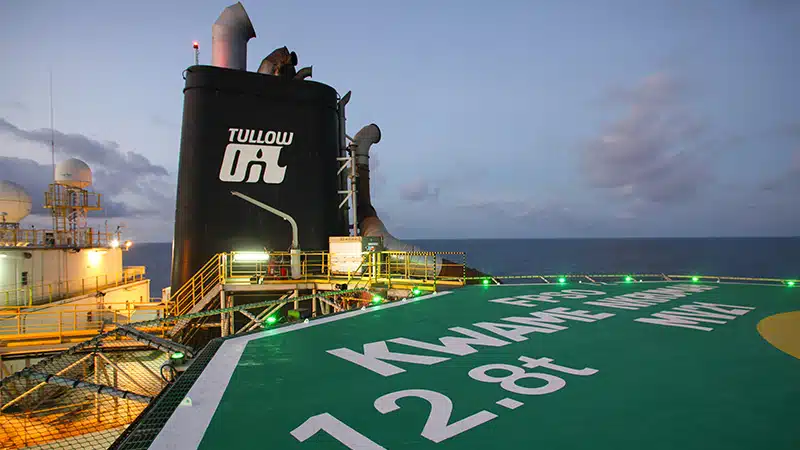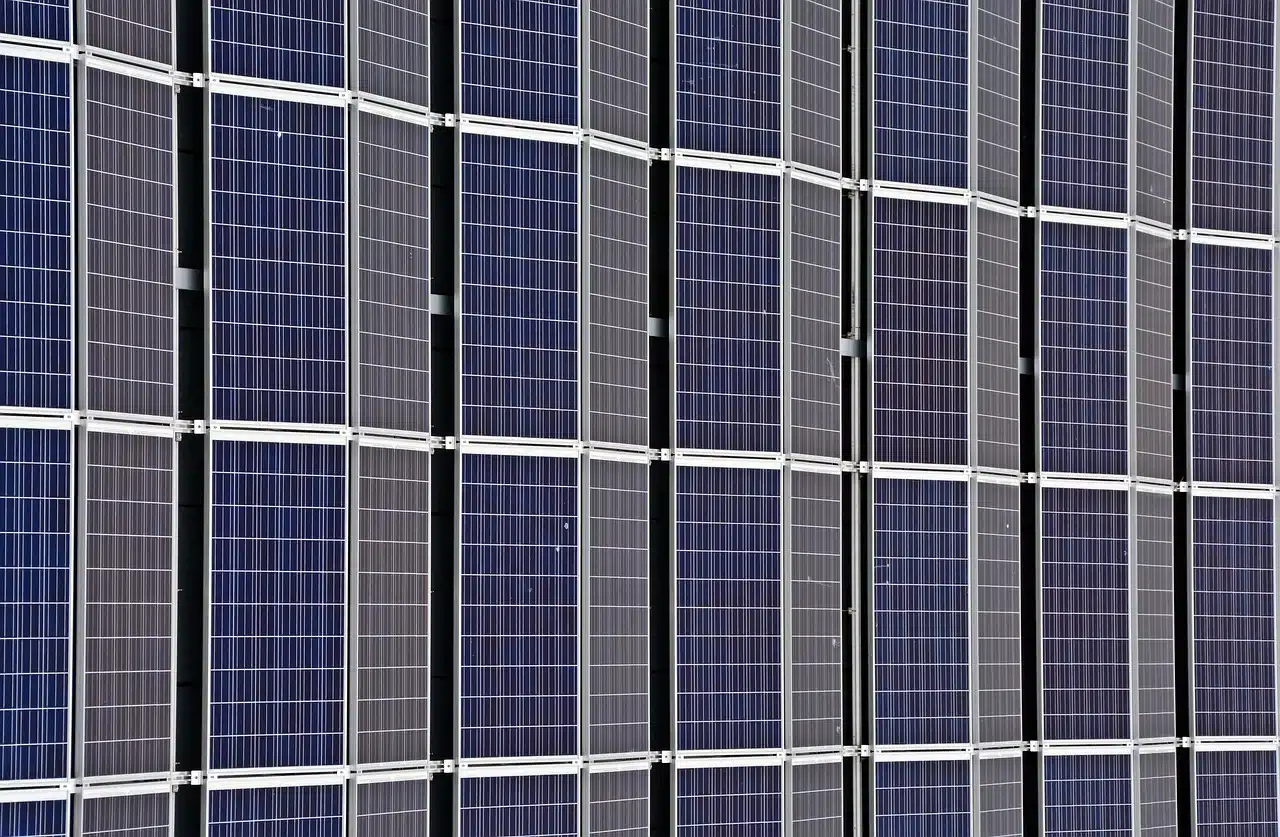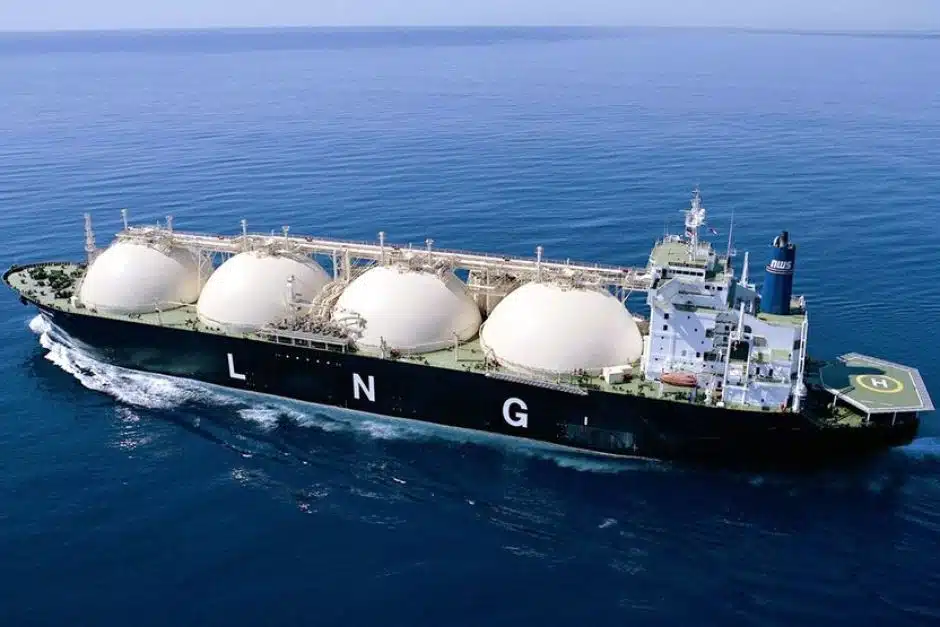For decades, Nigeria’s oil narrative has been dominated by supermajors like Shell, ExxonMobil, and BP—the foreign giants that drilled the first wells, laid the pipelines, and transformed the Niger Delta into Africa’s petroleum hub.
But as these majors gradually retreat from onshore operations and shift focus offshore, a new generation of indigenous players has stepped into the spotlight.
Seplat Energy, co-founded in 2009 by Nigerian entrepreneur Austin Avuru, is leading that charge. It is rewriting the country’s oil and gas story with bold bets and billion-dollar deals.
By snapping up assets divested by the majors, Seplat secured valuable oil reserves that is giving Nigeria a stronger homegrown presence in its most strategic industry.
What the international oil companies saw as legacy liabilities, Seplat viewed as an opportunity; and it seized the moment.
From its early acquisitions from Shell, TotalEnergies (then Total), and Eni, the company proved it could compete at the highest level, breaking ground for indigenous firms once sidelined in the industry.
Today, Seplat Energy produces an average of 99,000 barrels of oil equivalent (boe) per day.
This places it in the top spot among Nigeria’s leading independent producers, thanks to the $1.28 billion acquisition of ExxonMobil’s MPNU that tripled its crude oil output.
Yet Seplat’s ambitions go beyond oil.
The company has carved a niche as a critical gas supplier, providing about 30% of the gas used to generate electricity in Nigeria.
That role is expanding, as Seplat doubles down on billion-dollar gas projects aimed at unlocking Nigeria’s vast but underutilised reserves.
This piece explores Seplat’s ambitious gas strategy and the massive investments driving its bid to dominate Nigeria’s emerging gas market.
Seplat’s focus on gas
Fifteen years ago when Seplat entered the oil market, gas wasn’t much of a commoditised product as it is today. The focus was still on oil and condensate production.
But in the last 8 years, the company’s interest in natural gas has increased.
This can be seen in the impressive gas growth thanks to huge investment in technology.
“When we first bought these assets back in 2010, gas prices were I think around 10 cents per million scuff. It was a headache. It was unprofitable,” Seplat’s COO and Executive Director, Samson Ezugworie, said in July.
The company currently supplies almost 30% of Nigeria’s domestic gas demand, supporting national energy security and industrial development.
“We foresee a big growth in the gas sector in Nigeria, because there [are] a lot of gas reserves in the east. We believe in this for the future.”
ExxonMobil’s deal boosts output
The acquisition of Exxon’s onshore and shallow water assets in Nigeria has not only more than doubled Seplat’s oil production capacity but has also strengthened its position in Nigeria’s energy sector.
This deal grants Seplat equity in 5 gas processing facilities, 11 oil blocks, 48 producing oil and gas fields, and three export terminals.
Shortly after completing the transaction, Seplat said it was investing $320 million to revive hundreds of legacy yet idle wells left by Exxon and boost production.
Seplat sees the acquisition as a good deal that has high potential returns.
“We are focused on reviving existing wells, expanding drilling campaigns, and increasing gas volumes,” CEO Brown Roger said during the company’s annual general meeting in Lagos earlier this year.
In December, when the news of the deal dominated headlines, the Seplat executive said the acquired assets come with a huge opportunity in the gas space.
“In the portfolio we have significant gas opportunities,” Brown said. This is evidenced in the company’s earnings report for Q1 2025.
According to the report, Seplat’s gas output jumped by 50% to 14.9 billion cubic feet (Bcf) in Q1 2025, up from 10 Bcf in Q4 2024.
Seplat’s major gas projects
The dual-listed company (Nigeria and London) plans to double down on its gas investments in the coming years.
“Our gas division will grow rapidly with enormous resources offshore, as well as our well-established onshore gas business,” the company’s board chairman Udoma Udoma said.
The company currently operates several gas processing facilities that are supporting economic growth and driving industrial development in Nigeria. S
ome of these projects are listed as follows.
- ANOH gas project
This is a $420 million gas project, currently being developed by Seplat and NNPC. The ambitious greenfield gas project, located in Imo State, is designed to deliver 300 million cubic feet per day (mmcf/d) of dry gas, condensate, and LPG to both local and export markets.
Earlier this year, Seplat said the zero flaring project “is mechanically complete” and is set to produce the first gas this year.
“That’s 300 million scuffs of gas there that will transform the east, because there are a lot of gas reserves in the east,” Brown said.
- Sapele gas facility
The Sapele facility is being upgraded to a 90 million standard cubic feet per day (MMscfd) capacity, up from its prior 60 MMscfd limit.
This enhanced capacity will help meet export-quality gas standards and incorporate an LPG processing module, which significantly boosts efficiency and cuts routine flaring.
The first 30 MMscfd Mechanical Refrigeration Unit (MRU) began operations in late 2024, with full plant ramp-up scheduled through 2025
- Oben gas facility
The Oben gas plant in Edo was revived by Seplat after a turnaround maintenance and serves as a central processing hub for its upstream gas, especially its Western asset base.
An upgrade on the plant has helped install additional trains, bringing its processing capacity to around 460 mmfcd.
“When Seplat took over one of the facilities in Oben, it was a 90 million scuffs capacity.
“We moved quickly and transformed that to 465 million scuffs per day capacity; today producing at export capacity daily gas into the domestic market,” Ezugworie said in July.
Notably, Seplat is targeting to expand its total gas processing capacity across these three plants to 850 million standard cubic feet per day (MMscf/d).
It says these facilities together can supply gas to 15–20 million Nigerians.
Meanwhile, the company, alongside its joint venture partner NNPC, has begun delivering butane (cooking gas) from the Bonny River Terminal (BRT) in Rivers State to the domestic gas market.
The first cargo of 12,600 tons was recently supplied, helping to further close a huge supply gap that already exists. For years, LPG from the facility was almost exclusively exported by ExxonMobil, its former operator.
Bold step to end gas flaring
Seplat is planning to phase out routine gas flaring from across its onshore platforms by the end of 2025, five years earlier than the government’s 2030 target.
“We have made a commitment that by the end of 2025, we will have gone completely off routine flares”, Seplat CEO, Roger Brown, said in a company update earlier this month.
Routine flaring is a practice where natural gas is burned off during normal oil production operations, typically done when the gas can’t be processed for sale or use.
“Long term it’s not acceptable to be flaring gas”, Brown said. “And in fact, there is a market full of gas. So, why would you flare?”.
Notwithstanding, the practice remains widespread in Nigeria’s oil industry and the country still ranks top among those with the highest flare levels globally.
According to the World Bank’s gas flaring tracker report issued in July, indigenous oil producers, including Seplat were responsible for 60% of the total gas flared by Nigeria in 2024.
But Seplat’s ongoing innovative gas strategy is expected to take it off that list in the near future.
The company has invested heavily in the installation of vapour recovery unit compressors to capture gas from flare stacks across its entire onshore sites for productive use.
Ezugworie said the company has “[put in] a lot of CAPEX on technology to ensure that we are taking down the flares completely.”
Is Seplat chasing wind, or substance?
Seplat’s strategic gas projects in recent years have shown the company is gradually tapping into Nigeria’s huge yet underutilised natural gas reserves.
But that’s not merely the motivation, like the growing demand for clean cooking fuels.
About 80% of Nigeria’s 200+ million population still cook meals with carbon-polluting biomass and kerosene. This is a huge market for every forward-thinking gas operator; from LPG to LNG, or even CNG.
In recent years, subsequent governments have begun taking drastic steps to unlock the country’s vast gas.
The adoption of cooking gas and CNG is growing rapidly in the country yet demand outrips supply. The government targets the production of 5 million tons of LPG annually by 2030, up from the current 1.5 million tons.
Even about 50% of the 1.5 million tons being consumed currently is imported. This calls for infrastructure development to expand domestic penetration, particularly storage, transportation, and distribution networks.
That’s simply what Seplat obviously is doing. And its gas strategy perfectly aligns with Nigeria’s Decade of Gas initiative, which aims to harness the country’s vast gas reserves to drive economic growth and development.
Seplat’s CEO Brown recently revealed the company “is looking at putting a CNG compressor on one of those gas plants,” in a bid to support the CNG initiative of the current administration.
Seplat’s story of resilience and grit
As compelling as Seplat’s energy story sounds, its journey has not been without hurdles.
Regulatory uncertainty, oil theft, and infrastructural bottlenecks continue to challenge operators across Nigeria.
Yet, the company has adapted, embodying the resilience of local firms determined to rewrite the narrative of Nigerian oil.
In Nigeria’s oil and gas sector, Seplat stands as a case study in indigenous ambition.
The company has shown that when global players retreat, local champions can rise, and that Nigeria’s oil future can, indeed, be powered from local talents.
And Seplat is doing this in grand style.
Ultimately, what makes Seplat’s story striking is not just the barrels it pumps, but the bridge it represents.
The fast-growing Nigerian company stands between the era of foreign dominance and the rise of local capacity; between an oil-dependent past and a future where gas will power Africa’s biggest economy.

